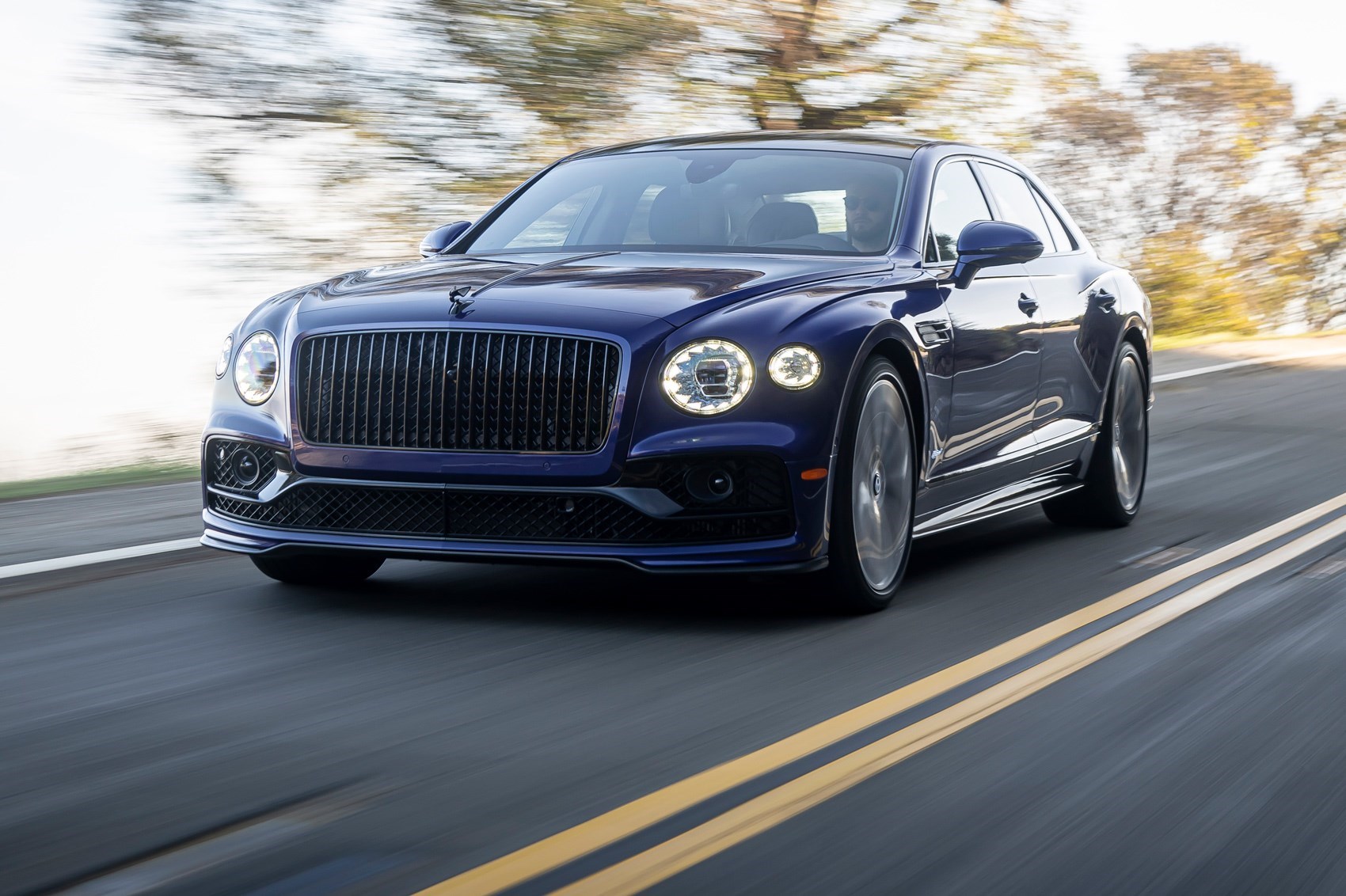Art Bounty
Discover the vibrant world of art and creativity.
When Luxury Meets Excess: The Line Between Opulence and Obsession
Discover the fine line between luxury and excess—uncover how opulence can spiral into obsession in this eye-opening exploration!
Defining Luxury: What Separates Opulence from Obsession?
Luxury is often perceived as an expression of wealth, marked by exclusivity and high quality. However, to truly understand how opulence differs from obsession, one must delve deeper into the psychology behind these concepts. Opulence embodies a sense of indulgence and refinement, where the enjoyment of lavish experiences and products enhances one’s quality of life. It is characterized by taste and sophistication, transcending mere material possession to encompass a lifestyle that celebrates beauty, elegance, and exceptional craftsmanship.
On the other hand, obsession emerges when the pursuit of luxury becomes a compulsive act, driven by societal pressures and a never-ending desire for more. This fixation can lead individuals to prioritize acquisition over appreciation, often resulting in superficiality and excess. The distinction lies in the motivation behind the spending; while opulence fosters a sense of fulfillment through meaningful experiences, obsession can trap individuals in a cycle of inadequacy, where true enjoyment is overshadowed by the relentless chase for status and validation.

The Psychology of Excess: Why Do We Crave More?
The phenomenon of craving more than we need is deeply rooted in human psychology. This desire for excess often stems from a need for validation and a sense of achievement. Studies in behavioral psychology suggest that our brains are wired to seek rewards, and acquiring more—whether it's material possessions, food, or attention—can trigger the release of dopamine, the pleasure hormone. This biochemical reaction reinforces the behavior, creating a cycle where we continuously seek new and larger rewards. In a society where consumerism is prevalent, the pressure to have more can escalate, leading individuals to feel inadequate and drive them toward excessive consumption.
However, the cravings for excess are not solely driven by biological factors; social influences play a significant role as well. The socio-cultural environment we inhabit often equates more with better, leading us to measure our self-worth against the abundance we see in others. Social media exacerbates this mindset, presenting curated images of success that emphasize a lifestyle filled with excess. As a result, individuals may find themselves trapped in a cycle of comparison, resulting in an insatiable appetite for more. Understanding these psychological and social dynamics can help us recognize the pitfalls of excess and foster a more balanced perspective on what truly brings happiness.
Luxury vs. Necessity: Understanding Our Spending Choices
In today's fast-paced world, the distinction between luxury and necessity often blurs, leading consumers to grapple with their spending choices. While a necessity is something essential for survival—like food, shelter, and healthcare—a luxury represents comfort and indulgence, enhancing our quality of life without being essential. Many individuals find themselves prioritizing premium experiences and products, influenced by societal trends and advertising. This shift raises important questions about our values and priorities: Are we spending to elevate our lifestyles, or are we succumbing to cultural pressures that equate luxury with success?
Understanding our spending choices involves a deep dive into the psychology behind luxury purchases. Research suggests that emotional factors often play a significant role, leading to impulse buys that prioritize fleeting happiness over long-term financial health. Here are some factors that can influence our spending decisions:
- Social Status: Owning luxury items can enhance one's social standing.
- Emotional Satisfaction: Luxury goods often evoke feelings of happiness and fulfillment.
- Cultural Influences: Advertising and peer behaviors shape our perceptions of what we 'need.'
By recognizing these influences, we can make more informed choices that reflect our true needs versus wants, ultimately leading to a more balanced and satisfying financial life.